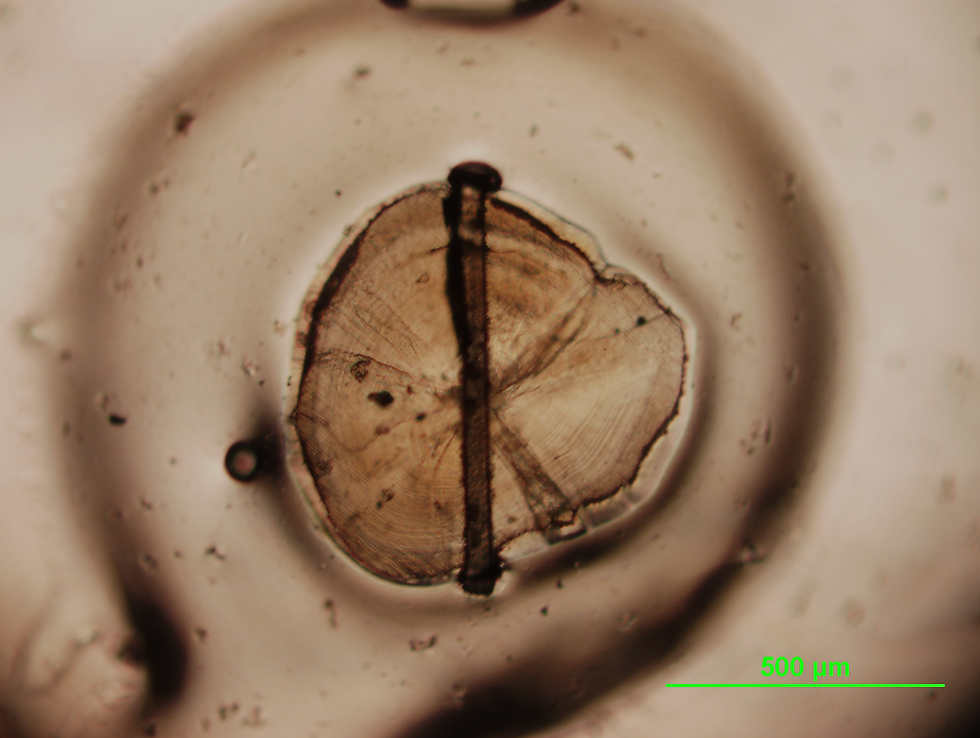Fish population in the Rotopiko (Serpentine) lakes, New Zealand
Research assistant - University of Waikato, New Zealand
Advisor:
Dr. Adam J. Daniel
About:
The Rotopiko (Serpentine) lake complexes are one of the few remaining lakes in the Waikato region containing primarily native aquatic plants. The Department of Conservation (DOC) have gone through extensive efforts to protect and preserve this wetland from excess nutrient input and invasive organisms. I surveyed invasive and native fish biomass in the Serpentine lakes using mark-recapture studies to determine if the treatment of a chemical piscicide, rotenone was required as proposed by the DOC. I also looked at gonads of invasive fish to predict when they would spawn.
I also assisted with regular electrofishing in different freshwater systems within the Waikato region. This included assisting a Masters student who investigated the rate of injury and survival of native New Zealand fish captured by boat electrofishing in comparison with alternate capture methods. Acknowledged in Tempero et al. (2019).
Skills:
Mark-recapture of all three lakes, as well as comparing capture efficiency of various traps, including pod traps, collapsible, and G minnow traps. Gonad analysis on invasive fish (rudd, goldfish and catfish), and boat electrofishing.
Species:
Native
-
Shortfin eel (Anguilla australis)
-
Longfin eel (Anguilla dieffenbachii)
-
Common bully (Gobiomorphus cotidanus)
-
Common smelt (Retropinna retropinna)
-
Black mudfish (Neochanna diversus)
-
Giant kokopu (Galaxias argentus)
-
Grey mullet (Mugil cephalus)
Invasive
-
Rudd (Scardinius erythrophthalmus)
-
Goldfish (Carassius auratus)
-
Mosquitofish (Gambusia affinis)
-
Brown bullhead catfish (Ameiurus nebulosus)
Larval fish abundance in New Zealand riverine systems
Research assistant - University of Waikato, New Zealand
Advisor:
Dr. Konrad Górski
About:
Floodplain areas of many large rivers worldwide have been shown to be important spawning and nursery habitats for multiple fish species. Several fish species in the lower Waikato River are likely to rely on floodplain habitats. This study surveyed larval abundance in different floodplain habitats around the lower Waikato River, New Zealand, and how physical (water temperature, dissolved oxygen) and biological (phytoplankton, zooplankton) processes affect recruitment of native and non-native fish.
More info:
http://www.lernz.co.nz/research-themes/large-rivers/fish-recruitment-and-habitat-use
I also assisted a project which analysed otolith (ear bone) microchemistry of īnanga to determine their nursery habitats and migratory life history. The migration patterns of īnanga from the Waikato River were compared with īnanga from the Valdivia River in Chile.
Skills:
Larval fish identification via morphological (microscope) and genetic relationship analysis, and Laser Ablation Inductively Coupled Plasma Mass Spectrometry (LA- ICP- MS) to measure abundance of chemical elements in the otolith matrix.
Species:
Native
-
Common bully (Gobiomorphus cotidianus)
-
Black mudfish (Neochanna diversus)
-
Shortfin eel (Anguilla australis)
-
New Zealand īnanga (Galaxias maculatus)
Invasive
-
Koi carp (Cyprinus carpio)
-
Goldfish (Carassius auratus)
-
Mosquitofish (Gambusia affinis)
-
Zooplankton (Copepoda, Cladocera, Rotifera)

Measuring an adult longfin eel (Anguilla dieffenbachii) at Serpentine Lake, New Zealand. J. Garrett-Walker


Collecting fyke nets at Serpetine Lakes, New Zealand.

A giant kokopu (Galaxias argenteus) caught in a waterway. N. Wu

A large koi carp (Cyprinus carpio) at the University of Waikato. N. Wu

Larval fish from one of the samples collection around water-bodies in the Waikato region. N. Wu

Setting up the electrodes for electrofishing at lake Ohinewai. A. Webby

Lab bench for sorting macrofaunal samples collected. N. Wu

An otolith from an Inanga (Galaxias maculatus). N. Wu

Short-fin eels (Anguilla australis) caught in a fyke net. N. Wu
